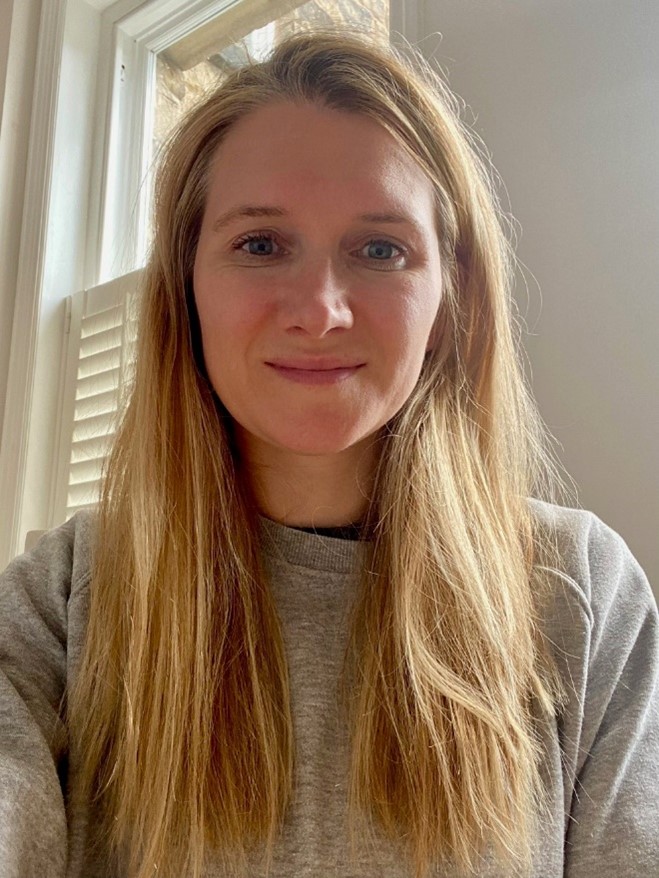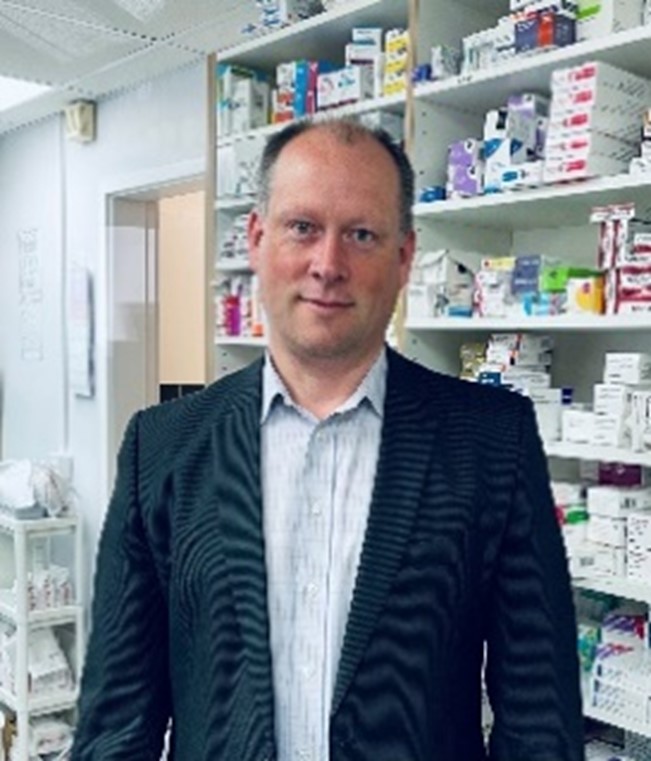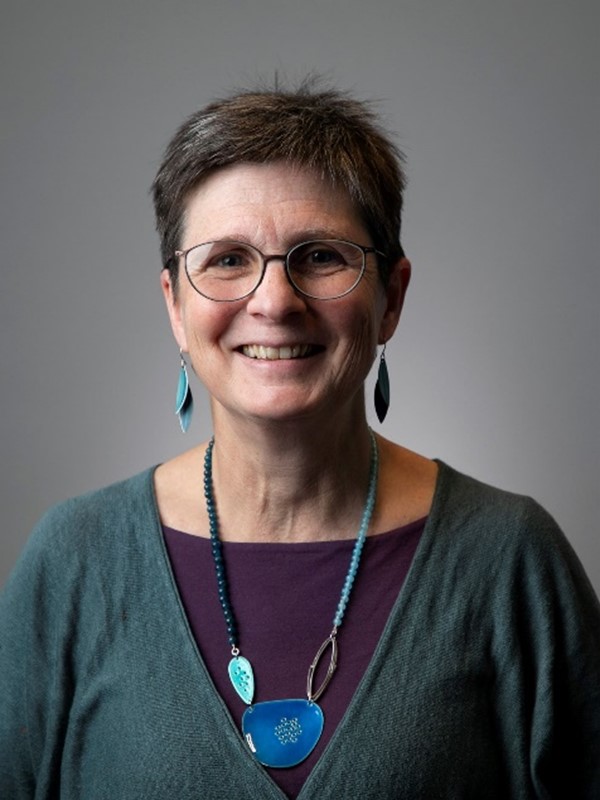 Hello, my name is Toni.
Hello, my name is Toni.
I am a Consultant in Public Health in the Office of Health Improvement and Disparities, which is part of the Department of Health and Social Care (DHSC). As an office within the broader DHSC family, our remit is a pretty simple one to describe; to improve health and to ‘level up’ health. In reality this is far from simple. The lack of improvement in life expectancy and healthy life expectancy in recent years, and the persistent nature of the differences in these measures across our communities, underlines the challenge we face.
The drivers of inequalities are complex and tackling them requires action at a number of levels at scale, and over a long period of time. In 2010 Marmot set out six clear policy areas (he has subsequently added two more) to tackle the causes of health inequalities. The sixth policy area was to ‘strengthen the role of ill health prevention.’
Prevention, we all know the script; prevention is better than cure. Marmot, and before him Wanless, and countless others before him, have presented a robust evidence based case for investing in and scaling up prevention. The economic case is clear; prevention gives more value. However, we have not yet achieved the systematic and scaled up approach needed. We must do much more.
Of course the best place to start is always primary prevention – preventing people from becoming ill in the first instance. The role of the NHS in primary prevention is relatively small; people usually only present to services when they are unwell. Local government, however, has a huge role in primary prevention; almost the entirety of local government spend can be considered an investment in health, be it housing, education, skills or culture. National government has a role too, however, it is in this context where the evidence often comes into conflict with the desire to minimise the role of the state in people’s lives, and the debate between individual responsibility and state intervention is an ever present.
Accordingly, whilst primary prevention is always the right thing to do, the ideological challenges which make policy change complex at a national level, coupled with the long lead time to impact health outcomes, means that we need robust approaches to secondary prevention to tackle inequalities AS WELL AS policies to address the determinants of health. Whilst definitions of secondary prevention can differ, I consider it to describe efforts to stop or prevent disease progression. The evidence that secondary prevention is effective summarised here by the UK’s four Chief Medical Officers.
The concept of prevention is a broad one and this sometimes isn’t helpful. Prevention of what? It applies to all aspects of our health. Whilst there is a strong argument for prevention to be embedded in all pathways, there is also an equally strong argument for systems to focus on a small number of priorities where they can have the biggest impact and demonstrate success at a population level.
So, if we were to focus our secondary prevention efforts to reduce health inequalities, what does the evidence say we should do? In 2010 the National Audit Office identified reducing cholesterol, controlling hypertension and tackling tobacco dependence as high impact areas to reduce the life expectancy gap. Twelve years later, a 2022 review of the evidence by NHS England again highlighted CVD and respiratory as key areas of focus for NHS prevention. These areas are not surprising when you consider the conditions driving the life expectancy gap. Pre-Covid in West Yorkshire around 44% of the life expectancy gap was due to circulatory and respiratory disease.
It is important to recognise that we have had successes; Healthy Hearts first in Bradford District and then scaled up across West Yorkshire, and significant reductions in maternal smoking, such as that observed in Wakefield District. We know, however, that the pandemic interrupted routine health care and the cost-of-living crisis has created conditions that are damaging to the health and wellbeing of our communities. How do we make progress so that we are not still talking about these same issues in the same way in another decade?
The creation of NHS Integrated Care Boards and Integrated Care Partnerships (we call this our Partnership Board) can be a catalyst to scale up interventions that work and ensure sustainability, but they also provide opportunities to look at secondary prevention through a broader lens. The strong partnerships that we have as part of the ICP are the foundation and a chance to look at secondary prevention more holistically. If the intervention were as simple as people presenting to services or taking a medication as prescribed, then we would not have the inequalities that we do. We know that people’s decision making is strongly associated with the conditions in which they live. I haven’t seen a better explanation than this from the Joseph Rowntree Foundation describing the role of poverty in decision making.
The solutions, therefore, can only be found by working closely with our communities to understand the conditions in which they live, work and grow, how this influences their health, and then taking action to address these factors.
The FinWell Study presents powerful evidence in support of this approach in the form of personal experiences captured before the cost of living crisis in a South London community. The researchers found that financial insecurity and long-term conditions (LTCs) interact and more often than not amplify each other, increasing the risk of progressing from one LTC to multiple LTCs. Accordingly, to improve physical health means also improving financial health. There are many more examples.
There is evidence to show that embedding welfare and debt advice services in mental health pathways can improve outcomes; and research highlighting the links between experiencing financial stress and having the mental bandwidth to consider stopping smoking in pregnancy. So whilst NHS services might be leading the charge in terms of secondary prevention, it is only in partnership with local authorities, the VCS and communities that we can maximise the effectiveness of our secondary prevention efforts through integrated approaches.
Marmot tells us that we need action at all levels and there is also an important role for national government in the secondary prevention space. In January the government set out their intention to publish a Major Conditions Strategy. In this they highlighted their ambition for an integrated, whole person approach to improve outcomes. As the strategy is developed, it is essential that it reflects what our communities tell us they need and is based on evidence of impact. By responding to the calls for evidence and consultation we have the opportunity to do this.
Have a lovely weekend,
Toni


 Hello, my name is Ruth.
Hello, my name is Ruth. “We have been providing the hypertension service for just over a year now and have been able to identify a number of patients with high blood pressure. Offering the 24 hour ambulatory checks has meant that we can quickly verify if the patient has hypertension and means they can get started on medication much sooner.
“We have been providing the hypertension service for just over a year now and have been able to identify a number of patients with high blood pressure. Offering the 24 hour ambulatory checks has meant that we can quickly verify if the patient has hypertension and means they can get started on medication much sooner.  “At the start of the service I had a conversation with the local GP practice and working with the lead PCN Advanced Nurse Practitioner devised a pathway to refer BP checks to the patient’s usual community pharmacy. W
“At the start of the service I had a conversation with the local GP practice and working with the lead PCN Advanced Nurse Practitioner devised a pathway to refer BP checks to the patient’s usual community pharmacy. W "Our community pharmacy serves a diverse population and it’s great that we can offer BP Checks to them at a time that suits them as we open in the evenings and over the weekend. We have had several patients diagnosed with hypertension from this service; some have had significantly high blood pressure. Our patients have been very grateful and we have certainly had rewarding experiences delivering this service.
"Our community pharmacy serves a diverse population and it’s great that we can offer BP Checks to them at a time that suits them as we open in the evenings and over the weekend. We have had several patients diagnosed with hypertension from this service; some have had significantly high blood pressure. Our patients have been very grateful and we have certainly had rewarding experiences delivering this service. Hello, my name is Bill.
Hello, my name is Bill. In the last 12 months we have run events at community centres park runs, sports events, schools, shopping centers, mosques, churches and run targeted events for patient groups such as patients with learning disabilities and carers. we hosted the Medtronic Bus in February and had over 180 people have heart checks.
In the last 12 months we have run events at community centres park runs, sports events, schools, shopping centers, mosques, churches and run targeted events for patient groups such as patients with learning disabilities and carers. we hosted the Medtronic Bus in February and had over 180 people have heart checks. The NHS West Yorkshire Integrated Care Board (ICB) met in public for the sixth time on Tuesday 16 May at The Shay Stadium, Halifax at 12.30. The Board is part of the legislation set out in the Health and Care Act 2022, which came into force on the 1 July 2022. It focuses on improving outcomes for people by addressing health inequalities, the difference in care received and effective use of budgets across the area. It is part of West Yorkshire Health and Care Partnership (WY HCP), an integrated care system.
The NHS West Yorkshire Integrated Care Board (ICB) met in public for the sixth time on Tuesday 16 May at The Shay Stadium, Halifax at 12.30. The Board is part of the legislation set out in the Health and Care Act 2022, which came into force on the 1 July 2022. It focuses on improving outcomes for people by addressing health inequalities, the difference in care received and effective use of budgets across the area. It is part of West Yorkshire Health and Care Partnership (WY HCP), an integrated care system.  The Department of Health and Social Care launched a
The Department of Health and Social Care launched a 
 Calderdale Cares Partnership, a committee of the NHS West Yorkshire Integrated Care Board, has appointed Jo Bibby to the role of Independent Chair following a competitive, open and transparent recruitment process.
Calderdale Cares Partnership, a committee of the NHS West Yorkshire Integrated Care Board, has appointed Jo Bibby to the role of Independent Chair following a competitive, open and transparent recruitment process. Applications to join the third cohort of the HSJ award-winning
Applications to join the third cohort of the HSJ award-winning